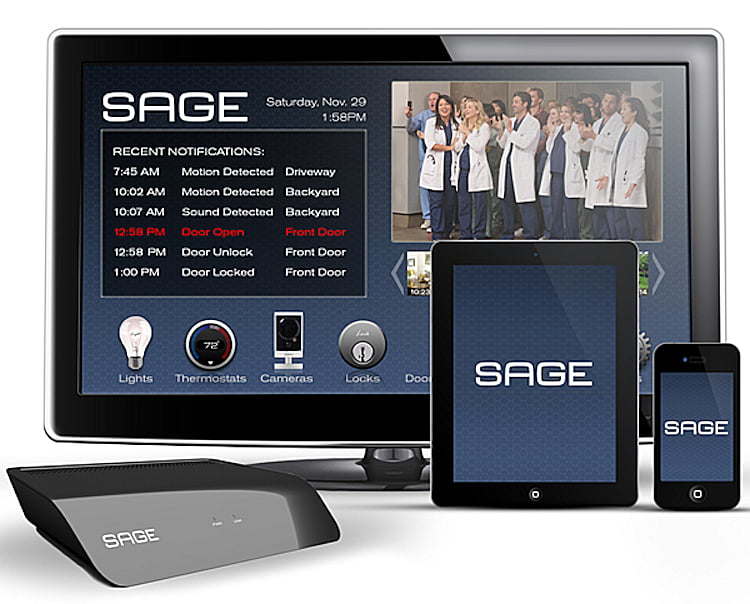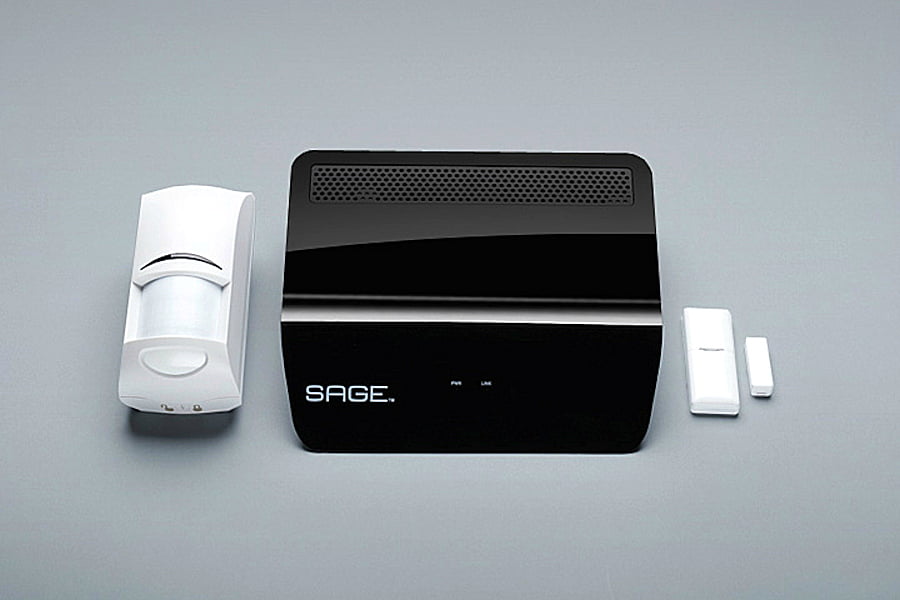Echostar, a satellite TV and internet provider based in the U.S. with global operations and annual earnings of $US3.1 billion, has turned its attention to the security market and plans to provide automation, intrusion detection, video verification and video monitoring, as well as self-monitoring. Can its plan work? Maybe…
ECHOSTAR is an interesting tech house. For a start it’s old – the company was founded in 1980 on the back of C-band distribution. It applied for a satellite license in 1987 and launched into space late 1995. Since then, Echostar has expanded by acquisition, organic growth and raw technical prowess. It’s also a company that has invested in secure communications technologies. All this stuff matters because it shows Echostar has form, which it is now going to apply to considerably expand its domestic vertical with the addition of electronic security which it will market to more than one million TV and internet subscribers in the U.S, as well as to its expanding base in Europe and South America.
The system developed by Echostar subsidiary Hughes Network Systems is rather laboriously called the ‘SAGE by Hughes security and smart home system’. SAGE is described as a secure, affordable, flexible and easy-to-use security and smart home solution that can be controlled from a TV and an app on iOS, or Android mobile devices. The heart of the system is the SAGE Hub, which connects through any video source via HDMI to the TV, and creates a video-centric smart home control system.

SAGE provides customers with an innovative self-monitored security solution. Motion detected by a camera, motion sensor, or door/window sensor in the home triggers parallel notification alerts to the SAGE-connected TV and all of the user's mobile devices. Because customers can view camera feeds and review motion alerts, SAGE can help to avoid false alarms in non-emergency situations.
In the event of an actual emergency, customers employ SAGE's MyLocal911 security feature to call for help, which is a feature that is the first of its kind. With the touch of a button from the SAGE mobile app, customers can initiate a call to the local emergency authorities at their home address, from anywhere there is a mobile connection, even if they are in another town or state (in CONUS). Unsurprisingly, given the capabilities of Echostar and Hughes, SAGE features multiple levels of encryption and data security that are applied to internal and external comms signals.
"Recent reports indicate that roughly 80 per cent of households don't own a home security or automation system, with major reasons being cost and complexity," says Mark Jackson, president of EchoStar Technologies. "We built a comprehensive solution to address that market need, with quick emergency responsiveness, super-easy installation and a unique TV interface experience where it makes the most sense – from the centre of the home. SAGE is a DIY self-monitored security and automation system that integrates seamlessly with every device connected within the ecosystem, all while delivering the same experience whether you're at or away from home without the expense or monthly fees that most monitored systems have today."

The DIY part is very simple. SAGE wirelessly connects to various devices the controller detects to create a fully integrated and encrypted smart home ecosystem. There’s a simple user interface, which seamlessly overlays into the TV screen and does not require the user to change video inputs. It includes a convenient picture-in-picture window that allows customers to watch their programming while managing their smart home system. With SAGE's custom rules feature, customers can set up and control many devices with the creation of just one rule setting.
“What this development indicates most specifically to security people in Australia and New Zealand is that the future of alarm comms is going to be IP-based and thoughtful telcommunications giants like Echostar know it”
The SAGE ecosystem currently offers bags of DIY devices and applications for control and management, including indoor and outdoor cameras, doorbell sensors, lights, light switches, dimmers, appliance modules, door locks, door/window sensors, thermostats, and motion sensors. In addition, SAGE has an extensive roadmap of products that aims to provide customers with more security and smart home solutions. According to the manufacturer, SAGE is also economical, giving customers the ability to manage their home from anywhere helps them save on utility bills while reducing the home's carbon footprint.
Costs are fairly low. The starter kit is $199.99, the automation kit is $299.99 and the security kit is $349.00. Additional security and automation devices are available to purchase online. The system comes with a free Essential Service package. Customers can upgrade to a Premium Service package that includes cloud video storage and the MyLocal911 feature for a monthly fee starting at $9.00. The SAGE iOS and Android mobile apps are available to download without additional charge from the App Store and Google Play, respectively.

Echostar’s motivations are clear enough. Internet TV and changes to the way people consume video content are impacting on revenues – the company continues to grow but more slowly. One of the ways the company is looking to bolster revenues is to fatten its offering in order to make more money from fewer subscribers. Another way is by satellite internet and the ECHOSTAR XVII satellite now provides 100Gbit/s of capacity to the HughesNet product, with the HughesNet Gen4 delivering 2-way satellite internet speeds of up to 15Mbit/s.
Is it likely to be successful? Maybe – especially if the hardware quality is high. Unlike most telcos, Echostar has a background in security, one foot firmly in the world of networking, a powerful inhouse internet product, as well as a skillset in terms of secure comms that is lacking across most the rest of the electronic security industry. The company is also embedded in many customers’ homes, playing a central role in content provision so expanding the content it provides makes sense.
What does a development like this mean for electronic security people? Fundamentally, what this Echostar play indicates is that powerful corporations with significant marketing clout are taking the future of security and automation very seriously. It shows they will compete – and those that own infrastructure can re-write the rulebook entirely. It shows that there are areas of technological nous – secure comms in this case – that our manufacturers need to get on top of because failure to do so will allow new players compelling hooks to lure business away from established product lines. But what this development indicates most specifically to security people in Australia and New Zealand is that the future is going to be IP-based and thoughtful telcommunications giants like Echostar know it. ♦




